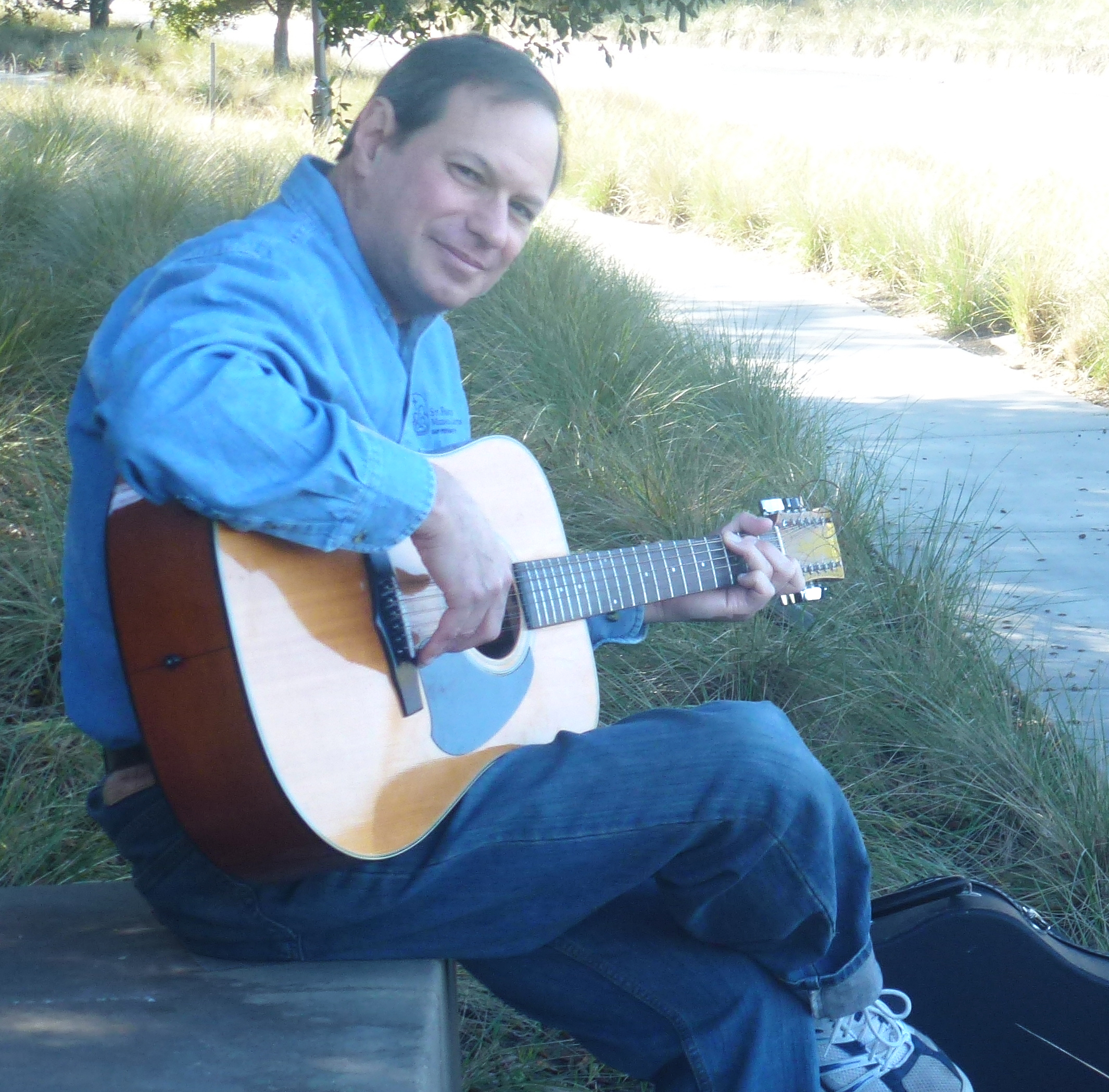The original version of this article contained an error. See the bottom of the article for additional information.
Some kids grow up with aspirations of becoming a doctor, while others dream of writing and recording their own music to set free upon the world. Then there are the select few, such as UCLA alumnus Garrett Sawyer, who have managed to do both.
Sawyer, a Lynwood pathologist, has managed to release three folk records independently since 1993 while working full time at St. Francis Medical Center. At the hospital, co-workers know Sawyer by his professional name, Dr. Gary Garshfield, M.D.
But after work, when Sawyer picks up his guitar and begins fumbling around with chord progressions and melodies, he becomes the folk singer from Orange County, Garrett Sawyer ““ a name derived from the French version of his given name and the street he grew up on. Even though Sawyer is unable to find the time to play his music publicly, he never stops writing music or planning out the next album.
On Feb. 15, 2013, Sawyer is set to release his third studio album in 20 years, titled “Chronicles and Vanity.” While the album holds a strong prevalence of Sawyer’s folk-based rock, the record branches out into rock-heavy tracks with the help of Garden Grove-based rockers Mama Hagglin, and experiments with a new jazz sound with the addition of fellow doctor Harding Young on saxophone and harmonica.
“I had a backing band for the first time,” Sawyer said. “The band backed me up on the leadoff song, and I also had my ex-chief of staff, Harding Young, playing saxophone and harmonica. Every rocker needs a Clarence Clemons, and I was lucky enough to find him.”
Despite the diversified sound, Sawyer said the writing process has been the same since his first album. In creating music, he experiments with chord changes and tempo on the guitar. While most of the time he ends up with nothing, Sawyer said, occasionally he comes across something that piques his interest and he begins to develop it as a song.
“When it comes to lyrics, it’s really a matter of being very open to life around you,” Sawyer said. “Being a songwriter means just basically being open to what’s going on in your life and paying attention (to the world).”
Growing up in the 1960s, Sawyer was immediately attracted to folk music, idolizing Simon and Garfunkel the way the rest of America revered The Beatles. Sawyer said it was only fitting that he has written music in the folk genre he grew up admiring. Socially ostracized as a teenager, Sawyer found it natural to explore themes of childhood bullying in his upcoming album, such as in the song “Neil Sends Regrets.”
“He gave us such a sense of close community as our sacrificial lamb,” Sawyer sings. “But he figured out a few things in our absence, like, who you are and who I am.”
The roots of his musical change in “Chronicles and Vanity” are most evident on the first track of the album, “The Year of Nobody’s Lord.” As the first single from the album, the song incorporates a harder rock sound while still retaining much of Sawyer’s folk roots.
“I knew when I wrote that song, I thought, this is definitely a rocker. I could try to do it myself, but I really don’t think I could do it justice,” Sawyer said. “I began looking for a band that would be able to help me, and Mama Hagglin was just perfect for the purpose.”
While Sawyer maintains separate lives as a musician and doctor, he did not hesitate to welcome Young into the project to play saxophone and harmonica on “The Year of Nobody’s Lord,” as well as several other tracks on the album. Young, a family practitioner of 23 years, added his smooth jazz style to the record, culminating in the song “Boy Eternal.”
“(Sawyer) gave me complete creative control,” Young said. “He gave me an idea of what he was trying to get across. As a storyteller like Bob Dylan, he wanted to be able to tell his story, and then have me accompany him, adding solos that were in keeping with the feel of the song.”
In addition to playing on Sawyer’s leadoff track, the band Mama Hagglin became a significant inclusion in the album. Jerry Adamowicz, the bassist from Mama Hagglin and founder of Adamo’s Recording studio, where Sawyer recorded the album, was also the engineer of the entire record.
When Sawyer entered Adamowicz’s studio with the exact 12 tracks that were to be on the next album, Sawyer had written elaborate demos for each song that made recording a straightforward process for Adamowicz.
“I pick his brain a lot,” Adamowicz said. “When I work with people, I try to get the sound that they’re after. It’s not about me. I want to maximize the quality, and so I try to get into his head.”
The writing and recording process of “Chronicles and Vanity,” Sawyer said, seems as if he is walking blindfolded through a maze, where he has to feel his way through. At the end a final product is created that Sawyer is proud to label his own. And while Sawyer said he doesn’t believe in perfection, he does believe in the absence of air, a sense he receives when he can listen to a song and not find anything wrong with it. Twelve of those songs make “Chronicles and Vanity” the record it is.
Email Hornbostel at bhornbostel@media.ucla.edu.
Correction: Sawyer was misquoted; he believes in the absence of error.
